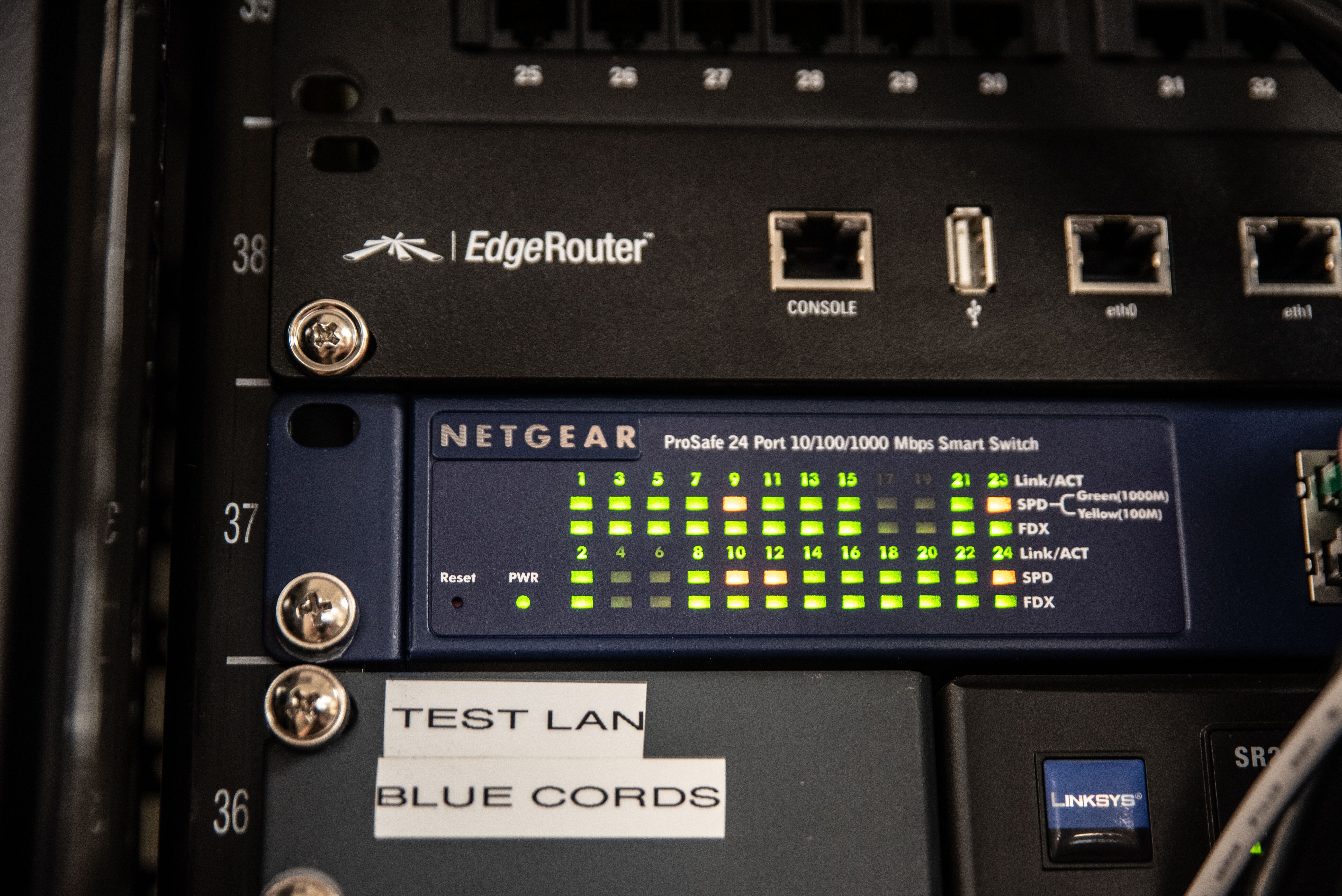Two years ago, experts estimated that by 2020, customer experience would catch and even bypass both product and price as the reason a client remained loyal to a company. In other words, in a world where instant information and access is valued above nearly all else, companies who cannot adapt to consumer service demands may find themselves rapidly losing market share – even if they have a superior product.
What is fascinating is the fact that even as companies understand that customer service is king – and that their clients demand faster and better response time – they still struggle to keep up. As a consumer, most still experience long wait times on a customer service line, being transferred from department to department to solve a problem, or even not being able to find a “Contact Us” link on the website. If customer experience is becoming the most powerful driving factor in purchasing decisions, why is it that companies are not rising to the challenge?
Legacy Systems and Customer Experience
The problem seems to lie in legacy systems. When a small or mid-sized business has invested in their own hardware and software, they are often maxed out budget-wise. It becomes nearly impossible for these organizations to keep pace with the rapid-fire growth of technology and capability. Even as clients tire of phone queues and lag times on the website, the company simply cannot afford to keep upgrading systems, changing software, adding licenses, adding personnel, or revamping their customer experience guidelines.
This is where the cloud can become a great benefit. By moving operations off legacy systems and onto a shared offsite network, the company suddenly has the capability to expand, to change, and to add server capacity without the huge upfront and ongoing technology costs. The economies of scale which the cloud offers may allow the organization to significantly upgrade the speed at which they respond to customers, as well as to provide them with an integrated approach across all means of contact. Fully integrated means that the client may be able to search the website for answers, chat with an online representative, and then speak to someone on the phone without repeating their problem.
Companies are able to add server space without capital costs, to add more user licenses with ease, and to keep up with changing technologies. After all, their clients are experiencing more user-friendly interfaces in every walk of life, from ordering from a restaurant to purchasing a car. Running into frustration during the ordering process is no longer acceptable, and taking too long to resolve a problem will result in the loss of a customer – for good.
Did You Know? Several years ago, the Harvard Business Review found that a 5% improvement in customer loyalty resulted in profits increasing anywhere from 25% to 85%!
Managed Services & Cloud Computing
To anyone who is not a professional IT consultant, this may all sound great, but unattainable. This is where a managed services firm becomes a powerful ally. Beginning with a technology and business assessment, an expert can identify those areas where the cloud will help you to achieve the customer experience which you need to keep your clients happy – while saving you time and money. They will help you to prepare a phased approach to switching from legacy, onsite systems to more powerful and versatile cloud computing, and show you how doing so can save you money in the long run.
Are you ready to discuss how cloud computing can help you to improve your customer experience, generating increased loyalty and higher profits? Alliance IT is here to help. The world is moving at lightning speed – migrating your systems to the cloud can help your business to keep up, and thrive.

